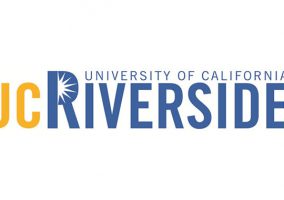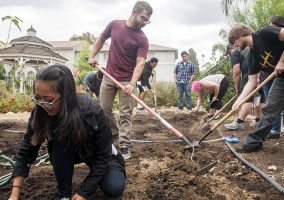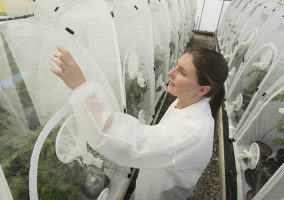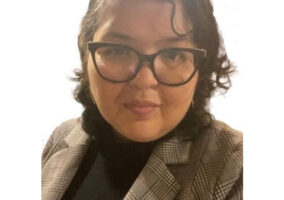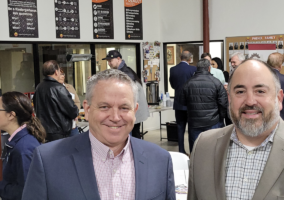The Hidden Histories Behind California’s Citrus Industry
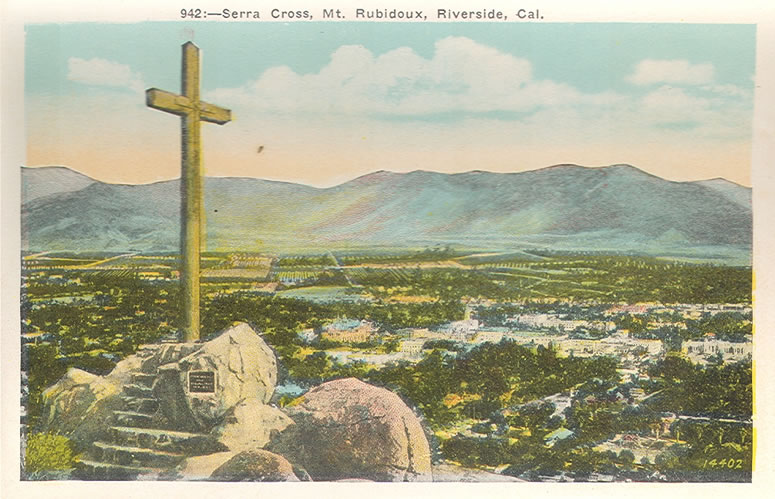
Riverside, Ca. – Step inside the Visitor Center and Museum at Riverside’s California Citrus State Historic Park and one of the first images you’ll see is a photograph of Manuel Venegas.
A Riverside native, Venegas is also a former “rata,” one of the many child laborers who spent his boyhood working in the kinds of sprawling citrus groves the state park is known for. At just 5 years old, he’d scurry among the trees, collecting low-hanging and fallen fruit to supplement the larger haul his father and older brother had already picked. Later, he’d go on to join the Marine Corps.
Venegas’ story is a single spoke in the wheel of diverse narratives on view in the state park’s latest exhibit, “Finding Ourselves in the Groves: Stories and Storytellers of Citrus in Inland Southern California.”
The exhibit, which frames the Visitor Center’s entryway, is a product of the Relevancy and History Project, a partnership between the Public History program at the University of California, Riverside and California State Parks.
Focused on themes of migration and immigration, the project is being piloted at California Citrus State Historic Park. Its primary goal is to seek out new ways to tell the stories of the various groups who ushered in what some refer to as California’s second Gold Rush: an explosive citrus boom that began in the 1870s and altered the region’s development.
“Most of all, the exhibit features different groups of people as a way to also understand how the contemporary landscape has been shaped historically by industry, ideas about race and citizenship, and public policies about immigration and segregation,” said Catherine Gudis, director of UCR’s Public History program, who has led the project since 2016.
“Through projects like this one, we’re trying to fill in some of the gaps in the literature about Riverside’s history.”
Thematically, the exhibit’s sections trace indigenous stories of migration and tackle the immigration of different groups to Inland Southern California following Eliza Tibbets’ planting of the region’s first viable navel orange trees.
Colorful panels feature images and histories of Chinese, Italian, Japanese, and Korean laborers. One section dedicated to the experiences of African American settlers in the region chronicles their expertise as grove owners, arborists, and investors.
Other portions tell the stories of young “ratas” and Native American youth from nearby Sherman Institute, a residential boarding school that sent its students to work in citrus fields and factories as part of a school-sponsored “outing program.”
“Almost everyone we met with — no matter their race — said they had to pick when they were kids,” Gudis said. “It quickly became obvious that citrus runs deep here.”
Continue reading full story at UCR – https://ucrtoday.ucr.edu/52854


